Java异常处理机制与常见问题示例
Java异常处理机制是Java编程语言中的一部分,用于管理程序运行过程中可能发生的错误。主要通过try-catch-finally块实现。
- try块:包含可能会抛出异常的代码。
- catch块:针对特定类型的异常进行捕获和处理。可以有多个catch块,按照异常类型从上到下排列。
- finally块(可选):无论是否发生异常,finally块中的代码总是会执行。
常见问题示例:
- 处理空指针异常:
Object obj = null;try {System.out.println(obj.toString());} catch (NullPointerException e) {e.printStackTrace();System.out.println("对象为空,请检查!");}
- 多个catch块捕获特定异常:
String str = "Hello";try {int num = Integer.parseInt(str); // 异常:NumberFormatExceptionSystem.out.println(num);} catch (NumberFormatException e) { // 捕获NumberFormatException异常e.printStackTrace();System.out.println("字符串不能转换为整数,请检查!");}
- 忽略特定类型的异常:
总之,Java异常处理机制帮助开发者编写更健壮的代码,应对运行时可能出现的各种问题。String str = "Hello";try {int num = Integer.parseInt(str); // 异常:NumberFormatException(忽略)} catch (NumberFormatException e) {// 不处理,直接跳过}System.out.println(num);


























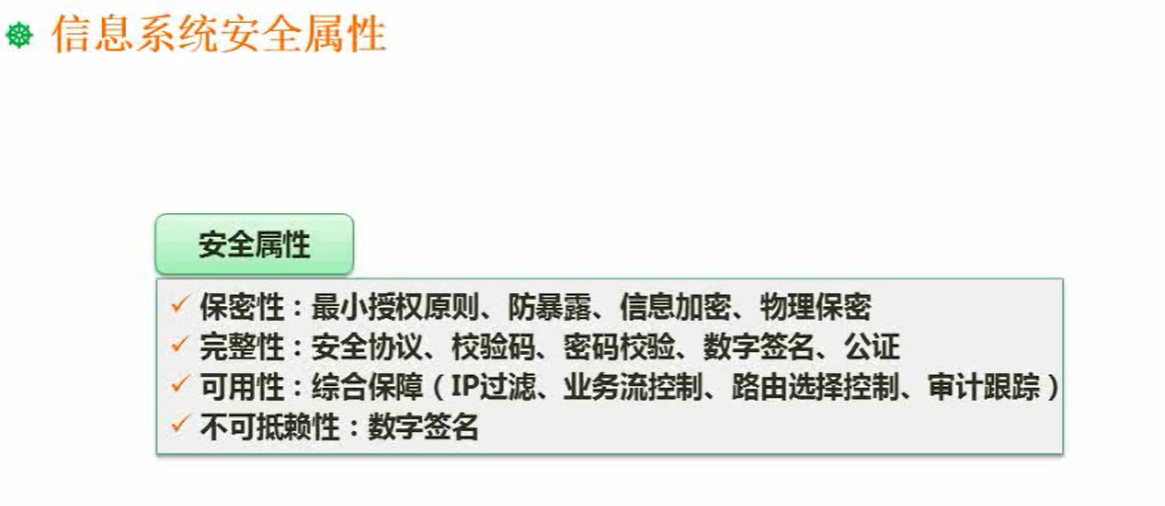
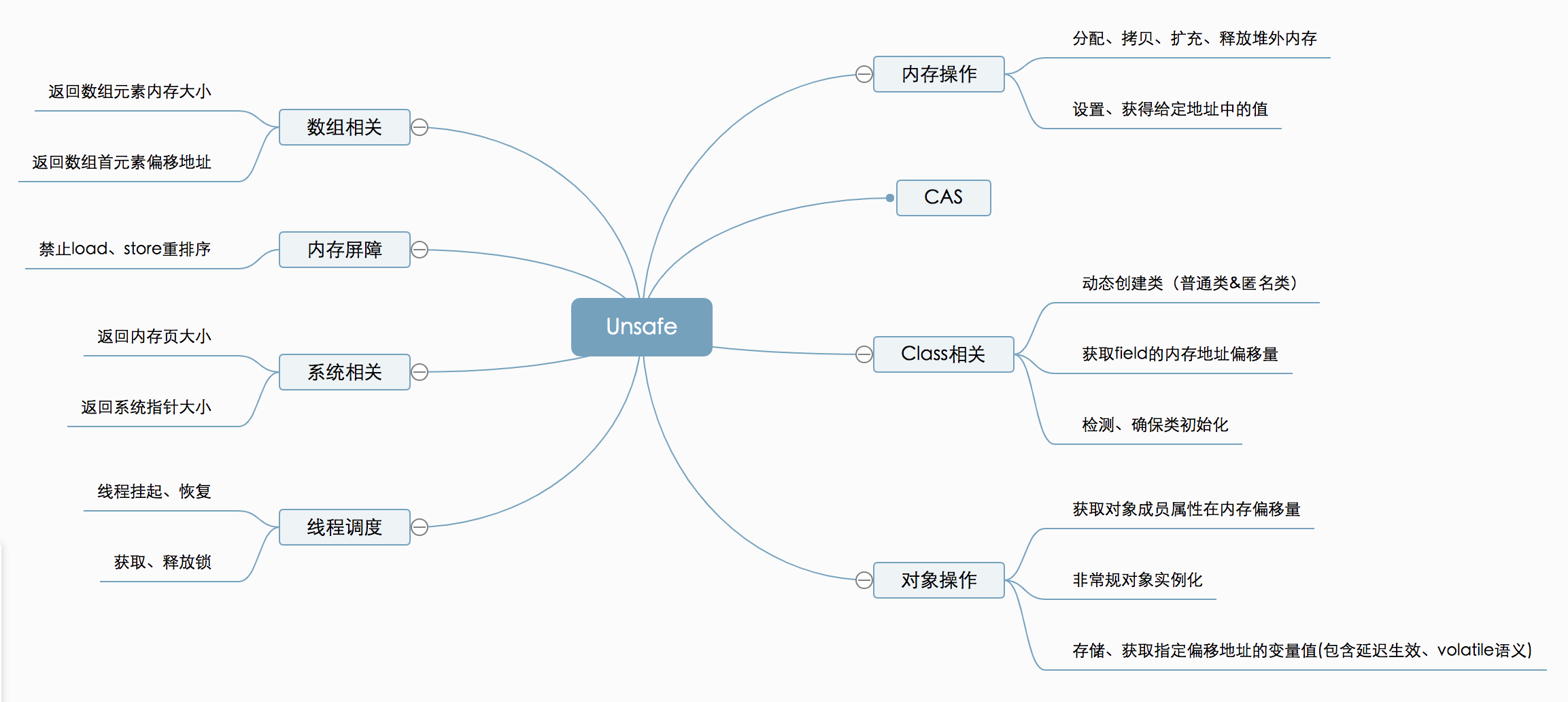
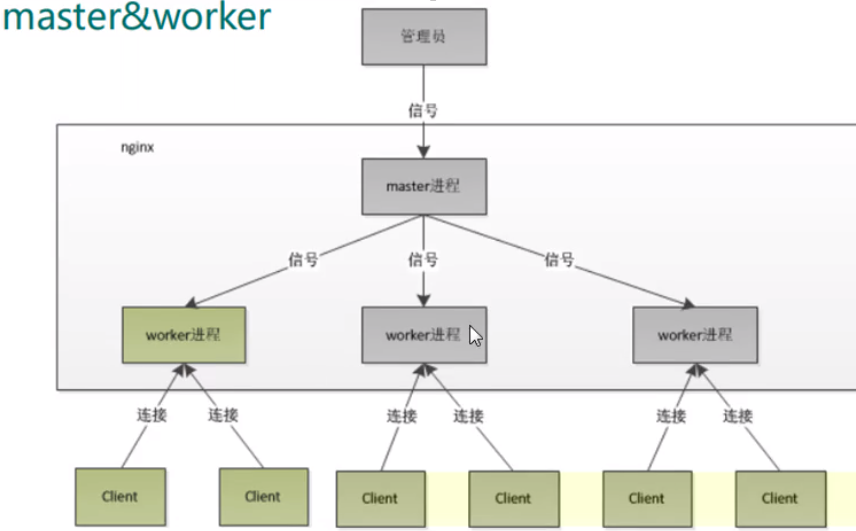
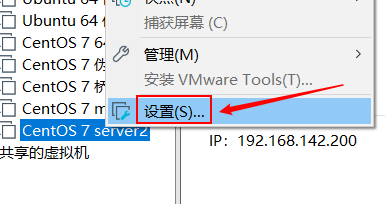
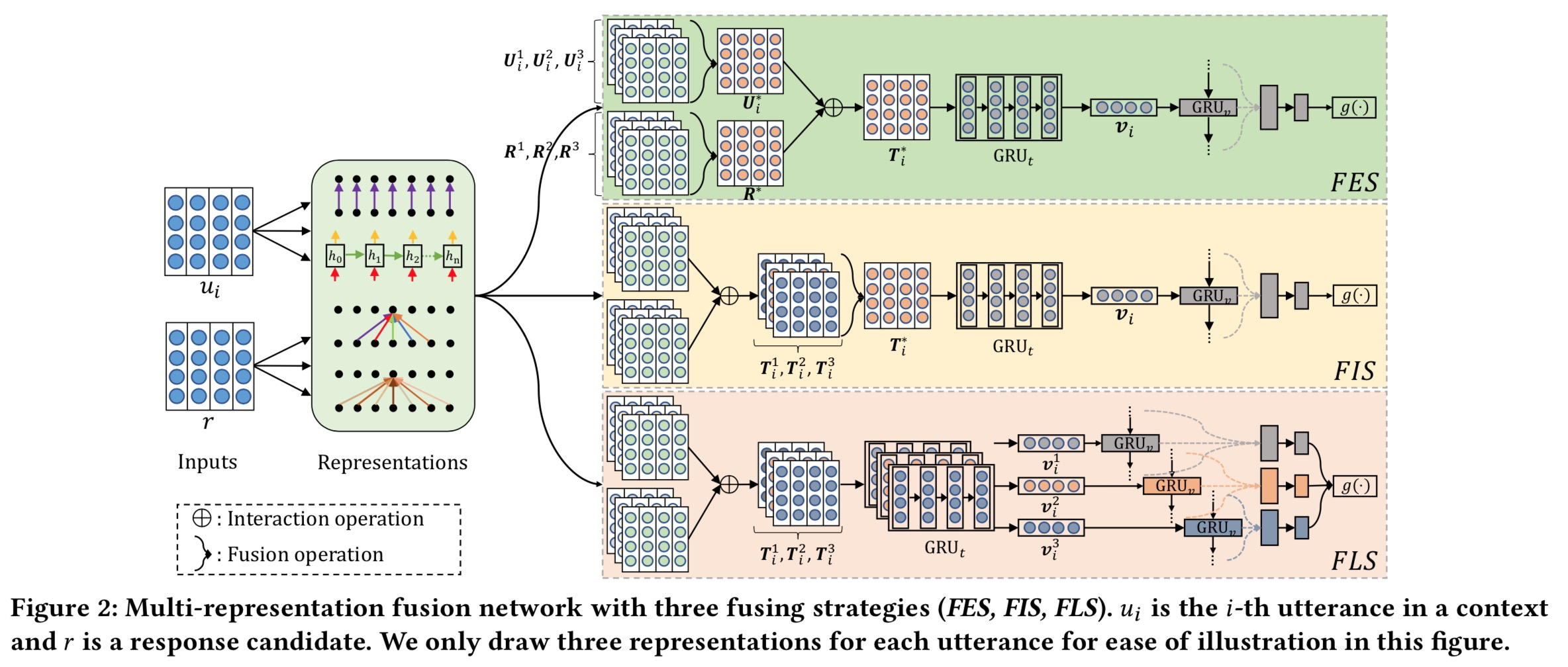




还没有评论,来说两句吧...